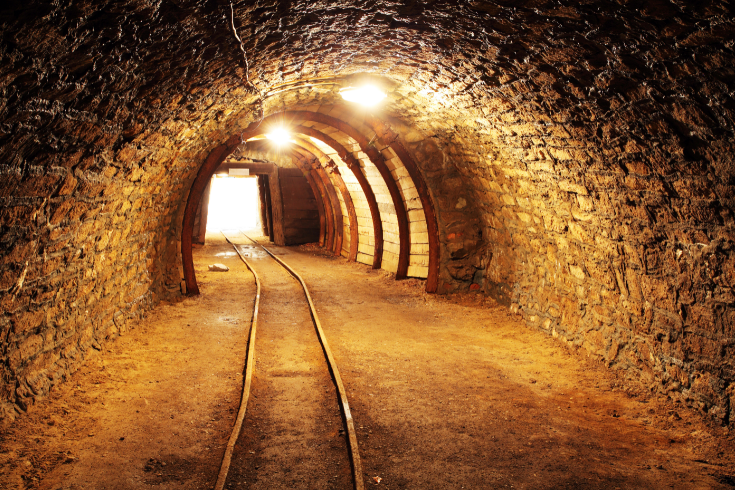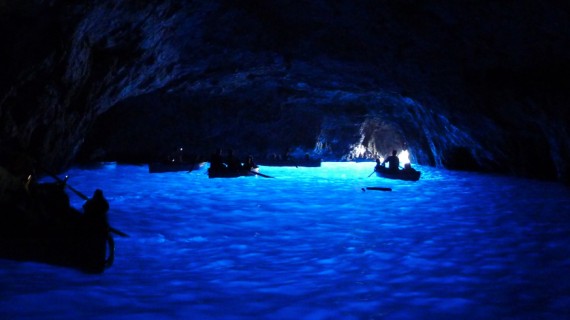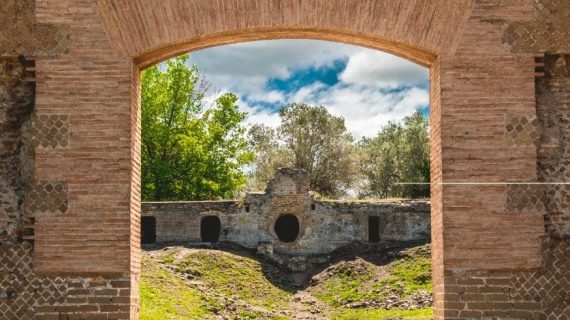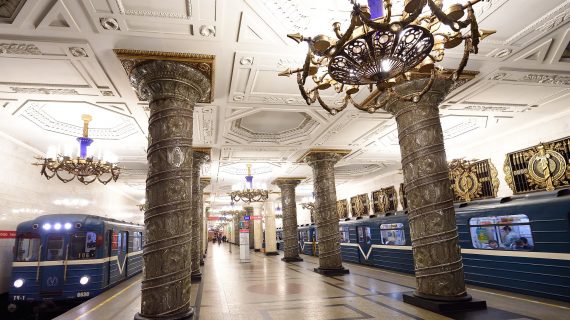The underground, the heart of the earth of our country is really very rich of wonders that were formed in ancient times and that, however, have been preserved until today.
These underground tours are also suitable trips for families with children because they are really instructive. They also allow us to know an alternative and different world from the one we are normally familiar with.
Since antiquity, the earth’s hearth has been a place of refuge or celebration for christian cults. But not only that. In fact, cheese and sausages were, and still are, seasoned under the earth. It is also mined to extract minerals or simply to make tunnels.
Let’s take a look together at some of these hidden underground wonders to visit in Italy.
The Frasassi Caves
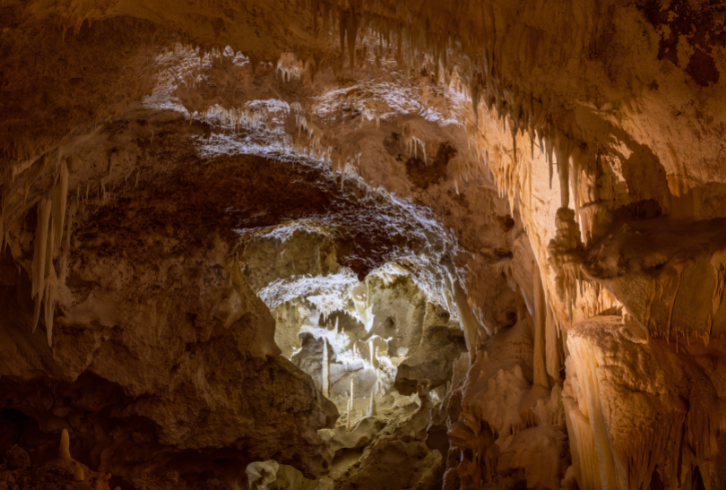
In the Marche region, one can admire the Frasassi Caves. These caves extend for about 40 km in a mix of tunnels, underground passages and karstic wonders dating back just under 200 million years. There is the Hall of Candles or the Hall of Infinity, names that remind Walt Disney fairy tales.
In reality, the names refer to the geological conformations that are more unique than rare. Furthermore, there are gypsum deposits that are able to fill the limestone cavities with layers of up to 10 metres.
This then joins the concretions formed by rainwater and the chemical reactions of the rock then go on to form other unique effects that are known as the Group of Giants, the Castle and the Obelisk. For more information, please visit www.frasassi.com
The caves are located in Genga (Ancona), a small and picturesque town on the top of a hill in the Esino valley, a Touring Club Orange Flag location for the beautiful natural context in which it is immersed.
The heart of the earth in Umbria
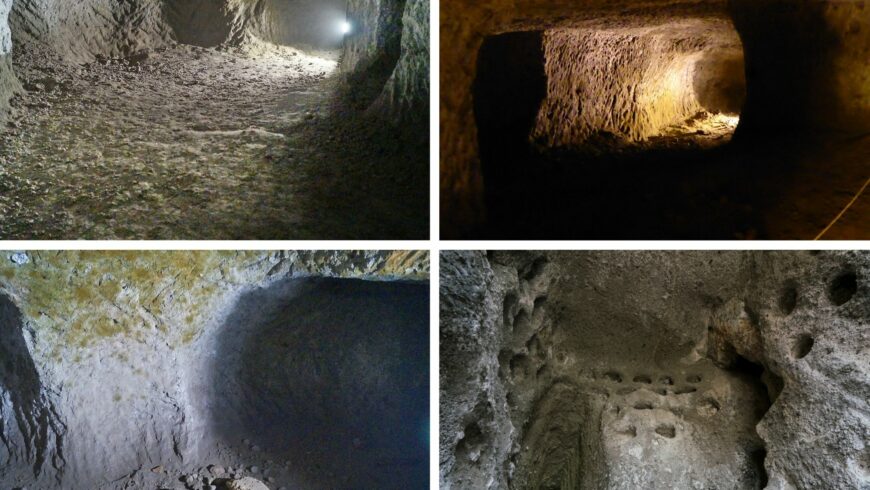
Instead in Umbria, we can admire in Orvieto a tufa plateau on which the Duomo and other monuments are located. Right under these monuments, and obviously under the layer of tuff, there is an extensive underground city made up of caves and tunnels that can be dated back to the etruscan period and that were made to defend against possible attacks but also to store wine.

Worthy of note is the Pozzo di San Patrizio, a cylindrical chamber 60 metres deep and just under 15 metres in diameter. It dates back to 1527 when, after the sack of Rome, the Pope took refuge in Orvieto and it was Pope Clement VII who commissioned a well in which water could be supplied in the case of a siege. It was finished after 10 years by Pope Paul III Farnese and still preserves, despite so many centuries having passed, its great charm that is due to the presence of about 70 large windows.
For more information visit www.orvietounderground.it
The caves in Val d’Aosta
For cheese lovers, the caves that taste of Fontina in Val d’Aosta are certainly deserving of a visit. The production process of this cheese follows very ancient and still very strict rules. These rules provide that the final stage of maturation takes place in underground rooms that have certain, very precise temperature and humidity characteristics. In addition, there are the caves dug into the rock. Originally, these caves had military purposes.
Finally, there are several warehouses. Among the many, the most interesting ones are the Valpelline warehouse or the one in pre-Saint-Didier. In the one in Valpelline, we can find around 60,000 forms. These are located in the ex-copper mine and are moved on the old tracks. While the warehouse at pre-Saint-Didier was obtained from a military bunker dating back to the Second World War.
The beauty of the mines
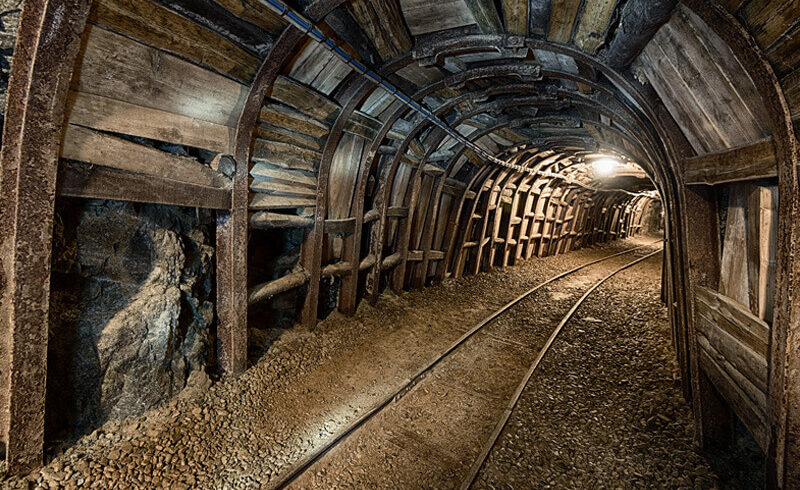
In this journey to discover the earth, the mines also deserve a mention. For example, the talc mine in Prali (Turin), which is located more precisely in the Germanasca Valley. Here, of course, we find the soft veins of talc with a high level of purity. Among the other mines, the Paola Gallery is remarkable. This mine can be explored by small train following a route of about 4 km.
During this route, a guide tells the history of the production of soft stone and its uses. In addition, the guide explains the evolution of mining techniques. For example, he explains the techniques of transporting the material and the hard life of the miners.
It is important to note that a head helmet must be worn during the exploration. For more information, go to www.ecomuseominiere.it
My list of places to visit in the heart of the earth is finished. I am sure that this is only the beginning of an interesting and beautiful journey into a magical and mysterious world that can still teach us a lot…
Cover image via Canva PRO
